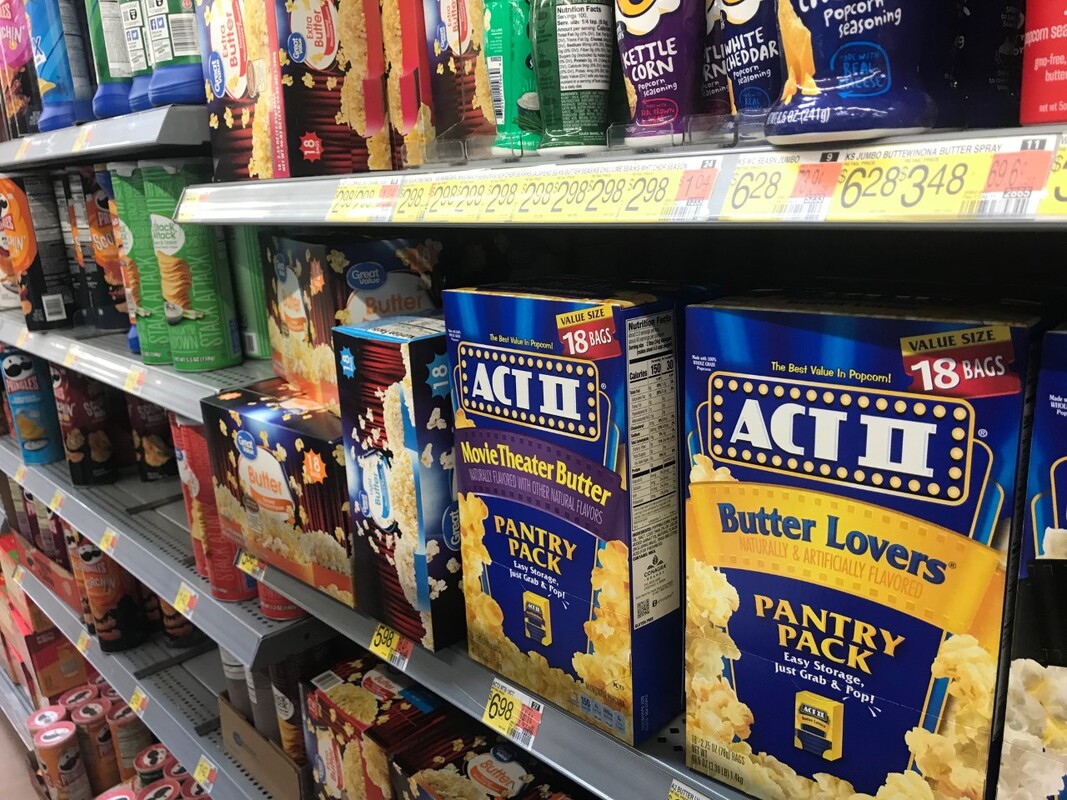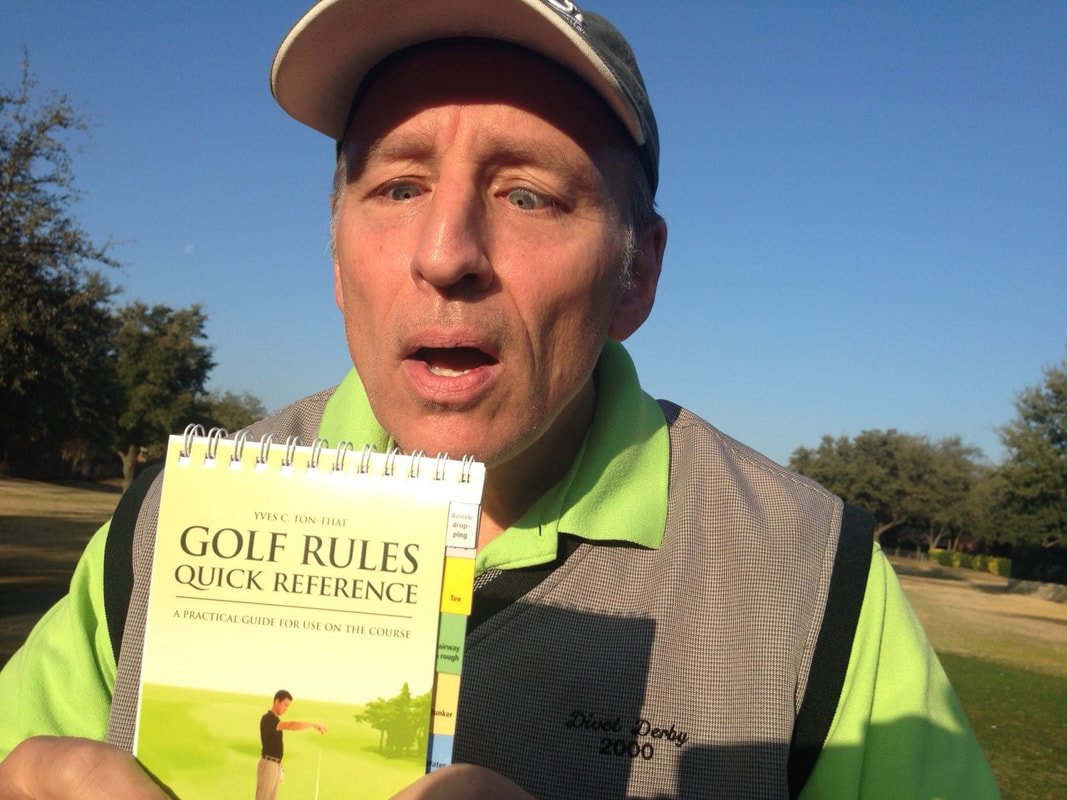
At the time, my wife and I had two kids playing basketball at the high school/middle school level. During the games, of course you have to sample the concession stand to support the school.
Not wanting candy during many of these games (if no M&M’s were available), the question became: Which of this crap is the least bad for me? “Popcorn” became the answer.
I’d get a bag, sample the salt level, the freshness, whether it was burnt or under-cooked, if it was butter-flavored and how many kernels were left at the bottom of the paper/cardboard container when you polished it off. You don’t think of all those variables when you grab a bag of popcorn, but a lot really does go into determining the top popcorn in the area.
It took a couple of years before I realized what I was doing – ranking the popcorn by school. It just kinda evolved. We’d go to a new opponent’s gym, and there I’d head to the concession stand. At some point I begin telling those running the concessions that their popcorn was really good (being the nice guy that I am, if their popcorn was horrible, I kept my mouth shut), I would let them know it, and why.
The “why” is the big deal. It became apparent how sampling each batch had its pluses and minuses, and I took my time crunching away, rolling the pieces around my mouth, licking my lips, tasting residuals on my fingers. From there, it turned into a ranking system.
During that time when our two kids were still playing basketball, Irving Nimitz High School (in north Texas) received my highest ranking. I’d let the staff know that they had the freshest, tastiest batches, and they always beamed in response, proud of the designation.
What brought their batches to the top of the rankings was a fluffiness that maintained just the right texture, mixed with just the right amount of salt and butter flavor. They were consistent.
The question, as this quest continued, was, “What made it so good?” The answer was not complicated. It wasn’t how long it was cooked. It wasn’t the kernels. It wasn’t determined by who was doing the popping that day.
First, and primarily, it came down to the popping machine. If they had a reliable, good piece of equipment, the popcorn came out great. One of the first learning lessons was that microwaved popcorn was inconsistent – often over-cooked and crusty – and not to be ordered. Popcorn made by those old-fashioned machines – like in the movie theaters – made their batch a good bet.
My quest continues today. I began refereeing basketball again four years ago after an 18-year hiatus, and naturally, sampling popcorn was added to my visits as I drive from high school to high school. I ask the athletic director for a bag when they inquire before a game if there is anything our crew would like to eat or drink when we finish on the court.
Little do they know my ulterior motive. Munching away on the drive home is wonderful. But as each piece enters my mouth, I’m judging, ranking, filtering, savoring where they score on the scale. The old-time popping machine is still the key.


